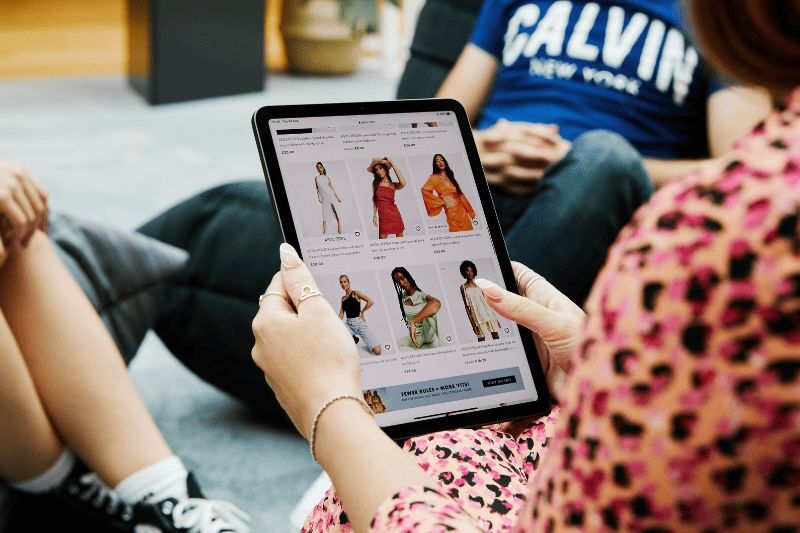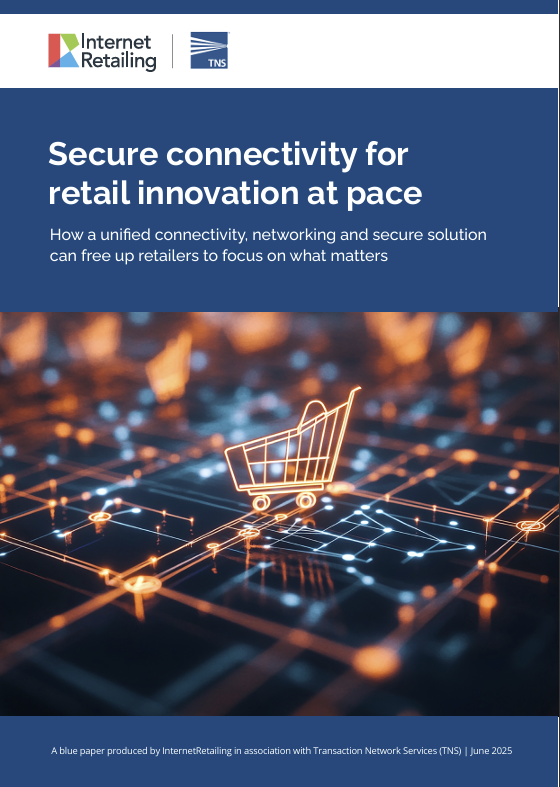Amazon’s statistics on its Prime Day event focus on the propensity of Londoners to buy electric toothbrushes and shoppers in general to buy Amazon products.
At InternetRetailing we were less interested in what shoppers bought, and more interested in what the event said about the way that shoppers in the UK and around the world buy. Here are some of our conclusions.
1. Customers really like an event
Prime Day 2016 was the biggest day that Amazon has ever seen – by some way. The retailer, an Elite trader in IRUK Top500 research, said customers placed more than 60% more orders than they did on the first Prime Day last year. Like Black Friday, that suggests shoppers have got used to the idea and are keen to grab bargains. But it also suggests there’s been a significant increase in members of Amazon’s Prime subscription scheme over the last year. No doubt many will have signed up specifically for yesterday’s event – though it’s worth bearing in mind that those on a free trial of the service could take part and later cancel. By 6pm, said Doug Gurr, UK country manager, Amazon, “customers had already ordered more items than Prime Day last year.”
Amazon marketplace sellers also benefited from the influx of shoppers. “Prime Day,” said marketplace seller Dovi Brafman, chief executive of Sharkk, “helped us reach our highest sales day ever.”
2. Loyalty matters
Amazon describes Prime Day as a way of saying thank you to its members. It’s a “special benefit” for customers who have joined the loyalty scheme that is Amazon Prime, says Greg Greeley, vice president of Amazon Prime. “We want to thank our tens of millions of members around the world for making this the biggest day in the history of Amazon.”
3. Apps are getting more popular
While total order numbers grew by 60% over the year, the number of orders placed on the Amazon mobile app more than doubled, compared to Prime Day 2015. The day introduced a more than million customers to the app for the first time, who used it both to shop and to monitor deals through a watch-a-deal feature.
4. Retailers have to deliver on the promise
Amazon’s strong performance was tarnished as reports suggested #primedayfail was trending on Twitter, as shoppers complained of having been unable to add items to their baskets.
John Beechen, head of managed services at digital consultancy Salmon , says retailers planning for Black Friday can learn from the Amazon experience by testing rigorously ahead of November.
“Black Friday poses the potential for retailers to capture new buyers, and so ensuring a high standard of customer satisfaction is essential in building customer loyalty, which will grow their customer base and ultimately, increase sales,” he said. “The retailers who are as prepared as possible, from front-end to back-end, will be the ones who triumph.”








